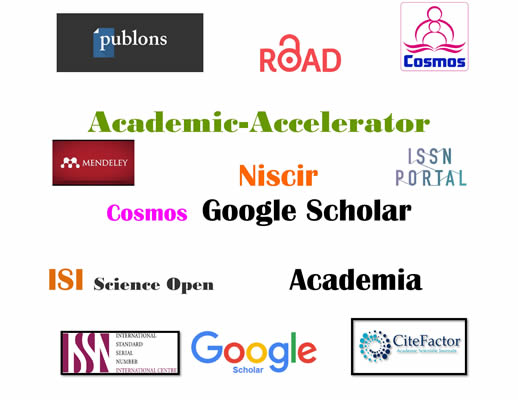Historical perspective of custodial Tortures in India
Dr. Asifa Parveen Dr. Naaz Akhtar SiddiqueThe history of crimes and criminals is as old as human civilization itself and torture has been considered as the most barbarous act against humanity as it constitutes the very denial of the essence of human rights. Custodial violence is a very broad term and it includes deaths, rape, torture, illegal arrest and detention, false implication, disappearance from police custody and other police excess.The practice of brutal behavior and severe punishment for criminals were prescribed in various hindu scriptures in ancient India. Torture and violence have been identified with the police in India ever since the Vedic age (2000 to 1400 B.C.). In fact, the contemporary penology has its roots in ancient India. All the barbaric methods of torture such as cutting of tongue, pouring molten hot lead in the ears, throat cutting the limbs, whipping etc. were well known and were part of the law of the land. During medieval period especially in pre -Mughal period the justice was made less intricate. There was no place for individual's liberty; severe punishments were inflicted on them. But it was Jahangir who interdicted the cutting of noses and ears, but he left other forms of amputation untouched.Thus the history of custodial violence has been the past and parcels of the history of mankindand it apparent from the study that very harsh punishment was prescribed for the criminals and suspects from the time immemorial. There were no legal procedures in various cases and summary justice by king seemed to have been the ordinary course. In this article an attempt has been made here to trace out the Genesis of the custodial violence in India. The historical retrospection of custodial violence has been divided under three heads, viz. Ancient India, Medieval India and Modern India, under these three heads, the position of criminals, accused and detainees in ancient times has been discussed.
Open Access Journal | Steps Of Publication | Journal Editorial Board | Journal Indexing | Join As Reviewer | Contact Us | About us | Reviewers Panel
